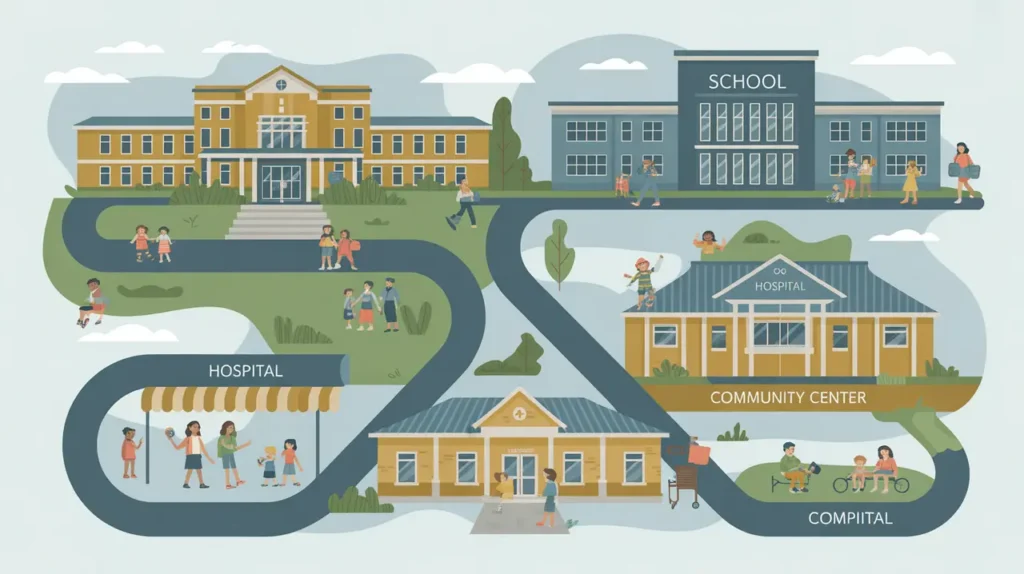Importance of Housing
Housing is fundamental to human dignity, health, and security. It provides shelter from environmental risks, a foundation for family life, and a base for economic and social participation. In international development, housing is closely linked to poverty reduction, urbanization, and disaster resilience. For nonprofits and social innovators, housing is critical because it intersects with rights, equity, and sustainability, shaping both individual wellbeing and community development.
Definition and Features
Housing refers to the structures and living arrangements that provide shelter and space for individuals and families. Its defining features include:
- Basic Shelter: protection from weather, hazards, and insecurity.
- Affordability and Accessibility: availability of adequate housing across income levels.
- Quality and Safety: compliance with building standards to ensure durability and health.
- Social and Cultural Dimensions: reflecting local traditions, identities, and ways of life.
How this Works in Practice
In practice, housing systems range from informal settlements and self-built homes to planned urban developments and government-subsidized housing programs. Nonprofits may support low-cost housing initiatives, microfinance for home improvements, or advocacy for secure land tenure. Governments often integrate housing into national development strategies, though rapid urbanization and population growth strain capacity. Challenges include affordability gaps, inadequate infrastructure, displacement from gentrification or conflict, and vulnerability to climate-related disasters.
Implications for Social Innovation
Housing has significant implications for social innovation because it is a platform for health, safety, and economic opportunity. Innovations such as modular housing, green building technologies, and community land trusts expand affordability and sustainability. For proximate actors, secure and adequate housing provides stability that enables participation in education, work, and civic life. Housing is essential for inclusive and sustainable development.







